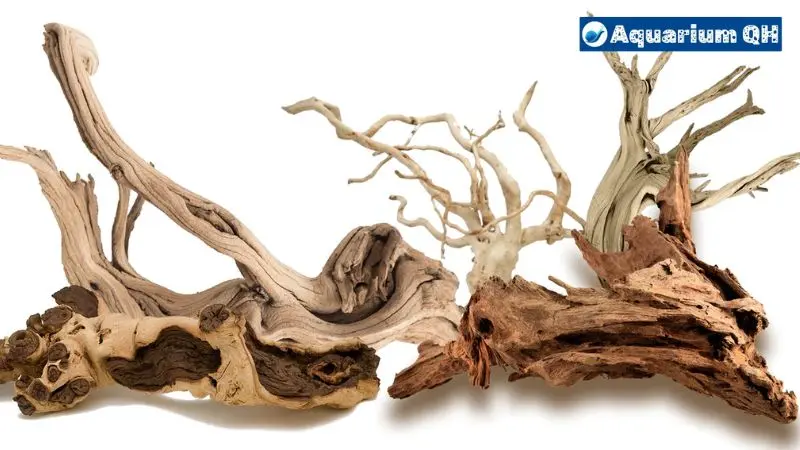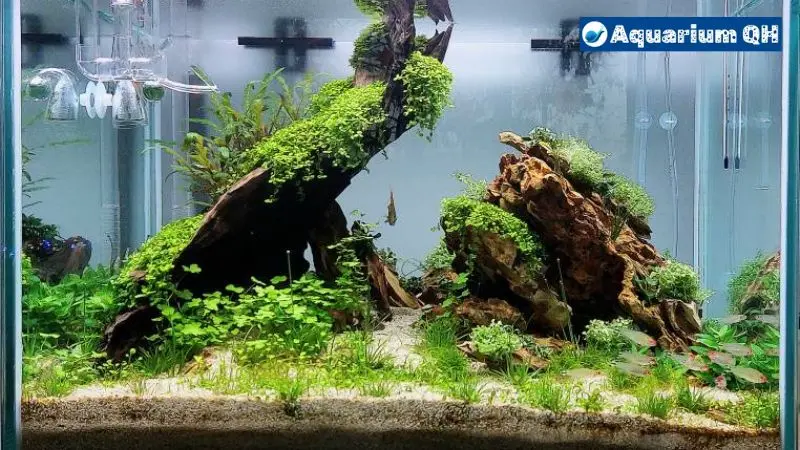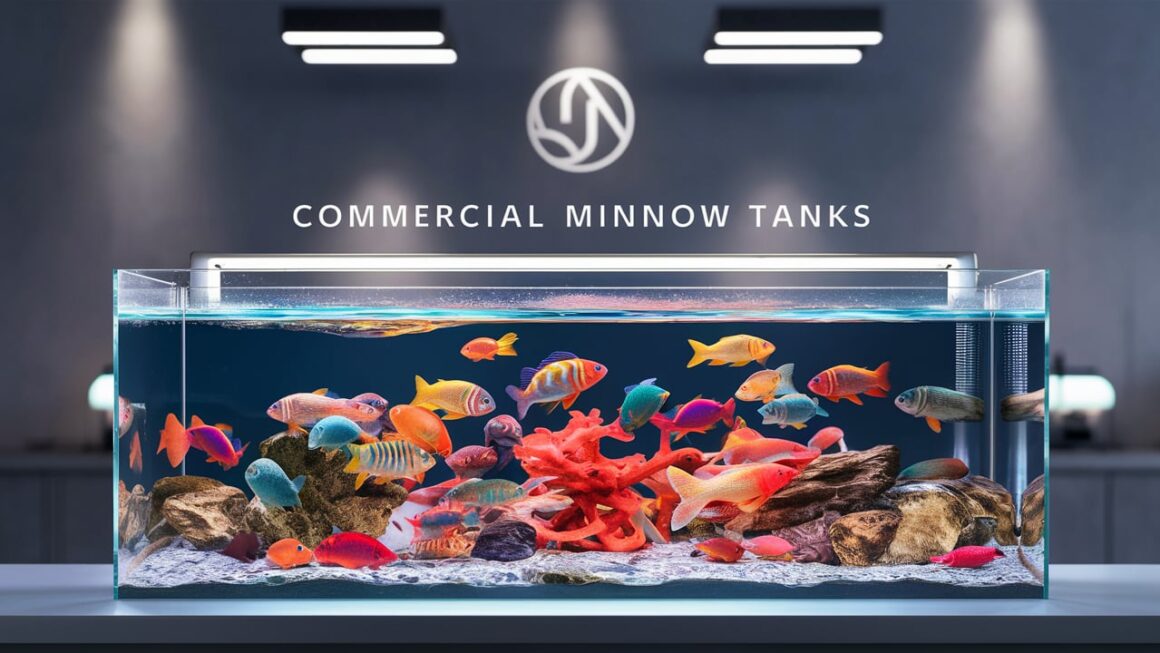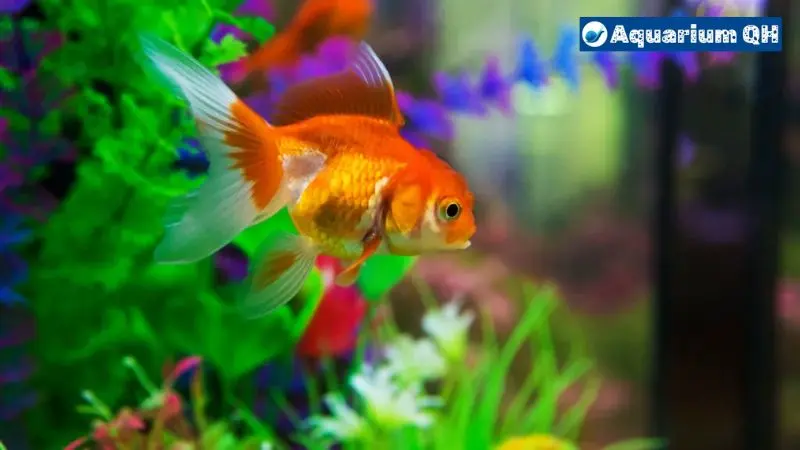Selecting The Right Driftwood For Waterlogging

When selecting driftwood to waterlog, it is important to choose pieces that are dense and heavy. This ensures that the driftwood will sink easily and stay submerged in your aquarium or tank. Look for driftwood that has been naturally weathered and has a smooth texture, as this indicates it has been in water for a long period of time and is less likely to release tannins into the water.
Avoid driftwood with sharp edges or splinters, as these can harm your aquatic creatures. Additionally, consider the size and shape of the driftwood in relation to your tank – you want pieces that will fit comfortably without overcrowding the space. By choosing the right driftwood for waterlogging, you can create a natural and aesthetically pleasing environment for your aquatic pets.
Preparing Driftwood For Waterlogging

Before waterlogging driftwood, it is important to properly prepare it to ensure its longevity in an aquarium or terrarium. Start by cleaning the driftwood thoroughly to remove any dirt, debris, or algae that may be present on its surface. Use a stiff brush or toothbrush to scrub the wood and rinse it under running water. Next, soak the driftwood in a bucket of water for several days to help release any tannins that may discolor the water once placed in your tank.
Changing the water daily during this soaking process will help speed up the tannin removal. After soaking, allow the driftwood to dry completely before placing it in your aquarium or terrarium to prevent any potential mold growth. Properly preparing your driftwood will ensure a healthy environment for your aquatic plants and animals.
Submerging Driftwood In Water

Submerging driftwood in water is a crucial step in the process of waterlogging it. This step helps to remove any air trapped within the wood, allowing it to sink naturally once placed in an aquarium. To submerge driftwood, fill a large container with water and place the driftwood inside. Ensure that the driftwood is fully submerged under the water surface. It’s important to use dechlorinated water for this process, as chlorine can harm both the wood and any aquatic life in your tank.
Let the driftwood soak for at least 2-4 weeks, changing out the water every few days to ensure it stays clean and free of any algae or bacteria buildup. Once fully waterlogged, your driftwood will be ready to be added to your aquarium as a beautiful and natural decoration.
Maintaining Waterlogged Driftwood
Maintaining waterlogged driftwood is essential to ensure its longevity and prevent it from deteriorating in your aquarium. Regularly inspect the driftwood for any signs of decay, such as soft spots or mold growth, and remove them promptly. To prevent the growth of algae on the surface of the driftwood, gently scrub it with a soft brush or cloth during water changes.
Additionally, monitor the water quality in your aquarium to ensure that it remains stable and free from toxins that could harm the driftwood. If you notice any changes in the appearance or condition of the driftwood, take immediate action to address them before they worsen. By staying vigilant and proactive in maintaining your waterlogged driftwood, you can enjoy its natural beauty for years to come.
Please continue to follow Aquarium QH to find out interesting information.




